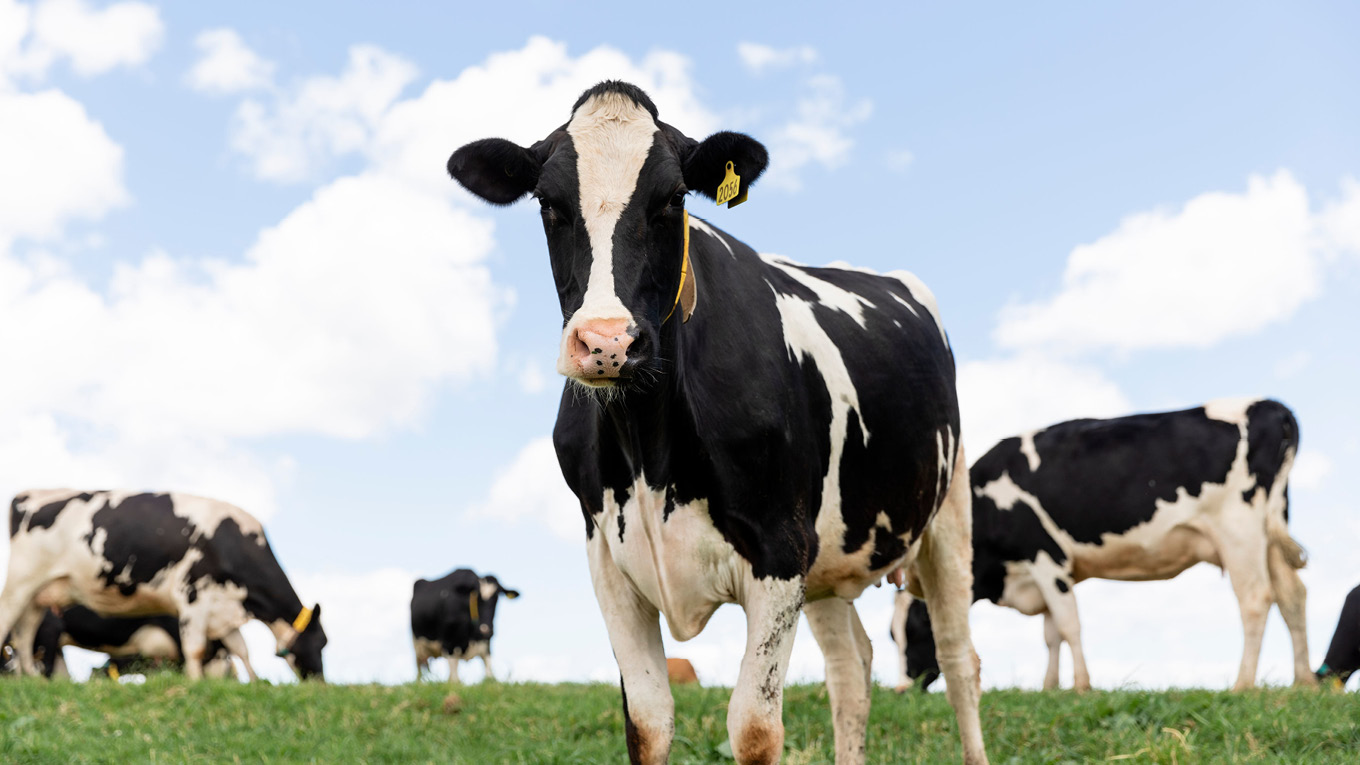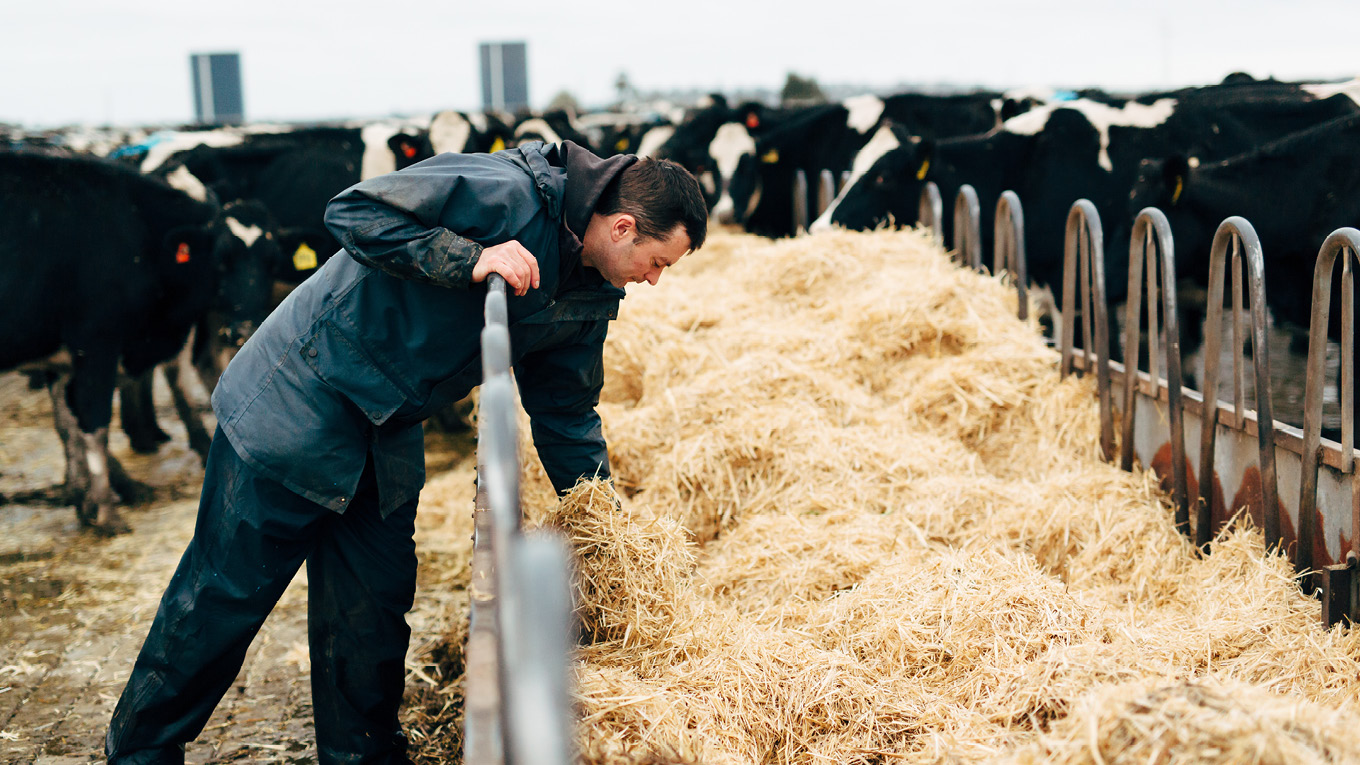Managing in Wet Conditions
Floods can be unpredictable and destructive. Dairy Australia has a number of resources available to help dairy farmers prepare for and recover from floods.
The Preparing for floods fact sheet outlines things for farmers to think about ahead of time to minimise disruption to their business.
It is easy to become overwhelmed after a flood event. The headings and the table in the Recovering from floods fact sheet may help farmers put things in priority order.
When conditions get wet, the risk of mastitis and lameness can both increase. Dairy Australia's Mastitis control in wet conditions and Managing lameness in wet conditions fact sheets provide practical strategies to manage these risks when conditions are wet and muddy.
A flood can also affect power supply to the farm. Preparing for power outages helps farmers develop a contingency plan that will save time and keep the dairy operational during a power outage.
If the power does go out, the Milking through power outages fact sheet contains tips that will help minimise recovery efforts by keeping the farm working during a prolonged power disruption.
Floods - Nutrition during major environmental events
Recovering from flood factsheet
Downloads
-
Nutrition post major environmental eventsPDF, 155.78 KB
-
Buy right feed value varies in different feedsPDF, 88.69 KB
-
3 Steps better feed buying decisionsPDF, 57.9 KB
-
Mould and mycotoxin risks in feedPDF, 154.97 KB
-
Drinking water access and qualityPDF, 207.58 KB
-
Buying feed directPDF, 99.68 KB
-
Facts on alternative fibre sourcesPDF, 555.63 KB
-
Feed budgetingPDF, 90.11 KB
-
Flood impact on fodderPDF, 79.14 KB
-
Flood impact on grainPDF, 63.49 KB
-
Managing quality & supply risks buying feedPDF, 151.87 KB
-
A to Z of fibre sourcesPDF, 96.74 KB
-
Feed lab testingPDF, 141.92 KB
-
Designing balanced milker dietsPDF, 315.89 KB
-
What can you afford to payPDF, 99.26 KB
-
Assessing your risk of acidosisPDF, 209.48 KB
-
Herd culling decisionsPDF, 105.13 KB
-
Managing water-damaged fodderPDF, 77.13 KB
-
Feed contractsPDF, 85.81 KB
-
Ruminal acidosis risk assessmentPDF, 74.75 KB
Good laneways are key to keeping cows feet in good conditions. This video walks through the key features of good laneway design and how to maintain your laneways.





